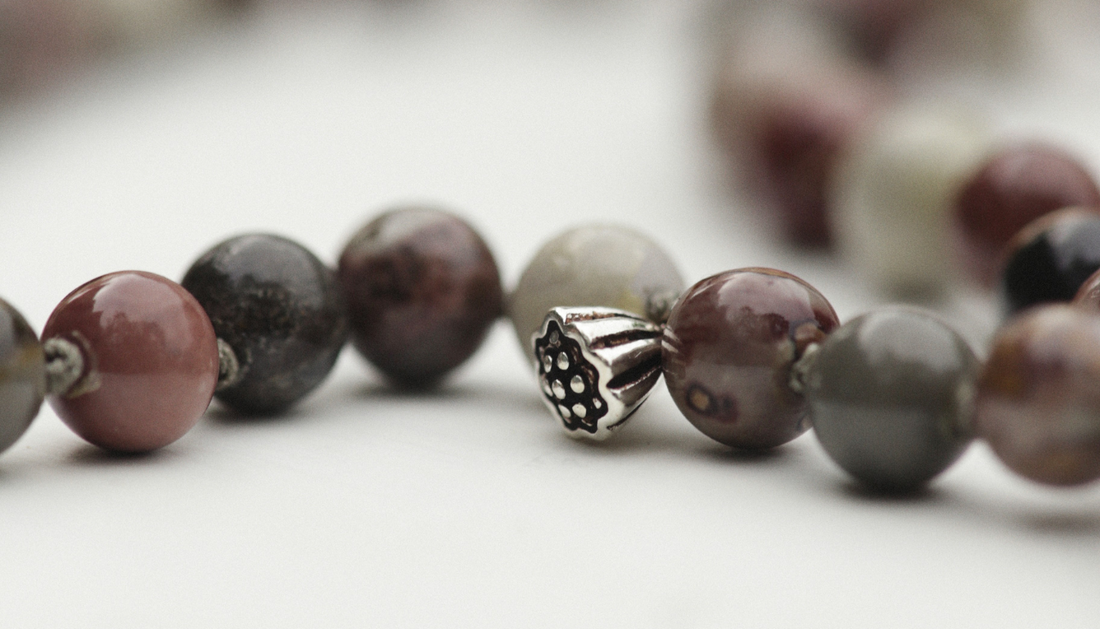
The Role of Handicrafts in Preserving Chinese Cultural Heritage
China, with its rich history and culture spanning thousands of years, has always been a beacon of art and craftsmanship. The country’s traditional handicrafts are not only works of beauty and skill but also repositories of its diverse cultural heritage. From the intricate patterns of porcelain to the delicate strokes of calligraphy, these time-honored arts carry with them the legacy of generations past. They reflect the philosophy, beliefs, and daily life of the Chinese people across dynasties.
In today’s modern world, traditional handicrafts face many challenges, including mass production and the rapid pace of technological advancement. However, the importance of preserving these crafts cannot be overstated. They are a tangible connection to China’s past, and they offer a window into its unique artistic and cultural practices. This blog will explore how traditional handicrafts contribute to preserving Chinese cultural heritage, and how brands like Oriental Charm play a crucial role in keeping these traditions alive.
The Importance of Handicrafts in Chinese Cultural Heritage
Handicrafts are more than just decorative items or functional objects—they are expressions of a culture, its values, and its history. In China, these objects have evolved over millennia, each item carrying symbolic meaning and embodying the spirit of its time. From the time of the ancient dynasties to the modern era, Chinese handicrafts have been integral to life in China. They are present in almost every aspect of daily life, from the items used for spiritual rituals to those used in the home or marketplace.
Preserving History Through Craftsmanship
Each region of China has its own unique handicraft traditions, many of which date back to the early periods of Chinese civilization. Take, for example, the famous Jingdezhen porcelain, known as "china" across the world. This traditional ceramic craft has been practiced for over 1,000 years and is a testament to the craftsmanship of artisans who perfected the art of porcelain making. Similarly, Chinese silk weaving, paper cutting, and embroidery have long been symbols of the country’s rich artisanal heritage.
These objects hold immense historical significance. For instance, Chinese paper cutting was originally associated with celebrating festivals and the Chinese New Year. Its intricate patterns often conveyed symbolic meanings of good luck, fortune, and prosperity. The fact that such crafts have persisted across centuries reflects the profound cultural significance they hold in Chinese society.
Connection to Spirituality and Tradition
In many traditional Chinese crafts, symbolism plays a central role. Handicrafts are often imbued with spiritual and philosophical meanings rooted in Confucianism, Daoism, and Buddhism. A common motif in Chinese crafts is the phoenix, a symbol of rebirth and immortality, or the dragon, representing power, strength, and good fortune. These symbolic elements are important to both the creator and the consumer, as they provide not just aesthetic value, but also carry spiritual and emotional resonance.
By preserving these handicrafts, we are also preserving the spiritual beliefs and traditions that they represent. The act of creating these objects is an expression of the cultural values that have shaped Chinese society for millennia.
The Challenges Facing Traditional Handicrafts in the Modern World
In a world dominated by technology and mass production, traditional handicrafts face an uncertain future. The rise of industrialization and global trade has led to an overwhelming preference for mass-produced, affordable items. This has made it difficult for traditional craftsmen to continue their work in an environment where speed and cost often outweigh quality and cultural preservation.
Moreover, the younger generation’s disinterest in traditional crafts poses another challenge. With the rapid pace of modern life, fewer young people are learning the intricate skills required to produce high-quality handicrafts. This generational shift threatens to lead to the loss of valuable techniques and knowledge that have been passed down through generations.
Despite these challenges, many organizations, businesses, and artisans are working hard to preserve these traditional skills. Brands like Oriental Charm are dedicated to promoting traditional Chinese craftsmanship, ensuring that these skills are passed down to future generations and appreciated by audiences around the world.
How Oriental Charm Preserves and Promotes Chinese Handicrafts
At Oriental Charm, we understand the importance of preserving Chinese cultural heritage through the promotion and sale of traditional handicrafts. Our mission is to create a bridge between the past and the present, allowing people to experience the beauty and richness of Chinese culture through handcrafted products.
Curating Authentic Handicrafts
One of the ways in which Oriental Charm preserves Chinese cultural heritage is by curating authentic, high-quality handicrafts that reflect the country’s long artistic traditions. Each product we offer is carefully selected to ensure that it not only meets our high standards of craftsmanship but also represents the true spirit of Chinese artistry.
For example, we feature traditional items such as hand-painted porcelain, silk embroidery, wood carvings, and calligraphy sets, all of which are made by skilled artisans using time-honored techniques. By sourcing these items directly from craftsmen and small-scale workshops, we ensure that these valuable traditions are supported and kept alive.
Supporting Local Artisans and Communities
In addition to curating these beautiful items, Oriental Charm is committed to supporting local artisans and preserving their craft. By purchasing handcrafted products from artisans, we are not only helping to sustain their livelihoods but also enabling them to continue practicing their craft. This directly contributes to the preservation of cultural traditions and provides a platform for showcasing their talents to the global community.
We work closely with these artisans to ensure fair trade practices and encourage the next generation of craftsmen to learn these skills. As part of our commitment to promoting Chinese art, we offer workshops and educational resources to help raise awareness of the cultural significance of these handicrafts.
Creating a Global Audience for Traditional Crafts
One of the biggest challenges for traditional crafts is finding an audience that appreciates their value in the modern world. At Oriental Charm, we aim to make traditional Chinese handicrafts accessible to people around the world. Through our online platform, we bring these products to an international audience, allowing people from different cultures to connect with Chinese art and craftsmanship.
We believe that by offering these products globally, we can create a renewed appreciation for traditional Chinese arts and crafts. Our platform serves as a bridge between East and West, encouraging cross-cultural understanding and fostering a deeper appreciation of the rich heritage of China.
Why Supporting Traditional Handicrafts Matters
Supporting traditional handicrafts is not just about preserving artistic techniques; it is about supporting a way of life and a connection to history. By investing in these products, you are not only acquiring a piece of art but also helping to maintain an important part of China’s cultural heritage.
Sustaining Cultural Identity
Handicrafts are a reflection of cultural identity. They tell the story of a community’s beliefs, values, and daily life. By supporting the preservation of these traditions, we are ensuring that future generations can continue to experience the richness of their culture. Without the continuation of these crafts, an essential part of Chinese identity would be lost.
Promoting Sustainable Craftsmanship
Handicrafts often involve sustainable practices that are in harmony with nature. For instance, many traditional crafts rely on natural materials, such as bamboo, wood, silk, and clay. These sustainable materials are used in ways that respect the environment, making handicrafts a more eco-friendly alternative to mass-produced goods.
At Oriental Charm, we prioritize sustainability by working with artisans who utilize environmentally conscious techniques and materials. Our goal is to promote a more sustainable way of consuming products, one that values craftsmanship and cultural heritage over disposable items.
Conclusion: The Future of Handicrafts in Preserving Chinese Cultural Heritage
As we move into the future, it is crucial that we continue to support and promote the preservation of Chinese handicrafts. These items are not only beautiful works of art but also carry the essence of a culture that has shaped the world for thousands of years. Through platforms like Oriental Charm, traditional Chinese handicrafts are finding a place in the modern world, ensuring that these precious traditions are not lost to time.
By purchasing handcrafted products, supporting artisans, and learning about the cultural significance of these crafts, we are contributing to the continued preservation of China’s cultural heritage. Whether it’s a hand-carved wooden item, an embroidered silk piece, or a set of delicate porcelain, each piece tells a story—one that deserves to be shared and appreciated by future generations.
Internal Links:
-
Explore our collection of Handcrafted Porcelain.
-
Discover the beauty of Chinese Silk Embroidery.
-
Learn about the Art of Chinese Calligraphy.
-
Support Traditional Crafts and artisans.
-
Browse our Handcrafted Wooden Art for your home.
